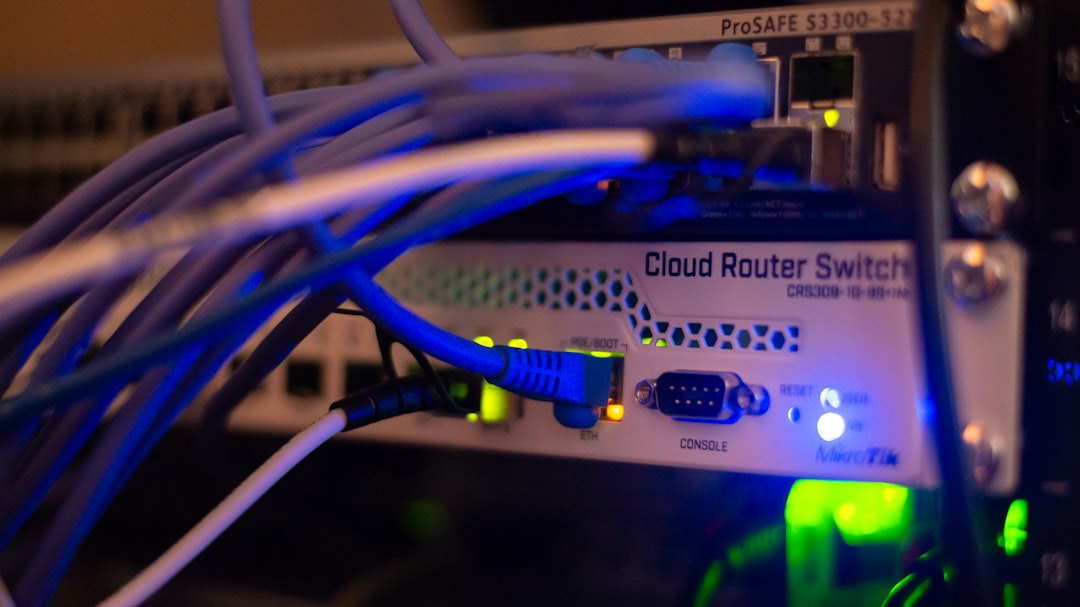Ever wondered why your internet suddenly feels like it’s crawling? Or why your website was down when you needed it the most? Network issues can sneak up on you. But don’t worry — you don’t need fancy software or deep pockets to keep tabs on things. There are plenty of free tools that help you track network performance and downtime. Whether you run a small business or are just a curious techie, these tools will give you peace of mind.
Why Monitoring Your Network Matters
Let’s start simple. Networks are like highways. Data travels over them all day long. If there’s a “traffic jam” or breakdown, stuff stops working. Websites load slowly. Apps don’t connect. Customers leave.
So, network monitoring helps you:
- Spot issues before they become disasters
- Track uptime — make sure your services stay live
- Diagnose slowness — figure out if it’s your network, or something else
- Plan for growth — know when it’s time to upgrade

Luckily, there are awesome tools — and many are 100% free!
1. Pingdom (Free Plan)
What it does: Pingdom tests your website from different locations worldwide. It tells you if your site is down and how fast it loads.
Perks:
- Easy to use dashboard
- Real-time alerts via SMS or email
- Free performance overview
Limitations: The free plan includes just one website monitor and limited features. But still — better than nothing!
2. Uptime Robot
One of the most popular free tools on the planet. Uptime Robot checks your site every 5 minutes. That’s 288 times a day!
Why people love it:
- Monitor up to 50 websites for free
- Email alerts when your site goes down (and up!)
- Easy setup — you’ll be monitoring in under 2 minutes
- Works with HTTP(s), Ping, Port, and more
It’s perfect for beginners and small businesses.
3. Netdata
Looking for something more advanced? Try Netdata. It’s real-time monitoring for servers, apps, and networks — all open source!
Best features:
- Gorgeous live charts
- Custom dashboards
- Instant alerts
- Zero cost — totally free forever
It can feel a bit techy, but if you’re into graphs and control, it’s superb.
4. LibreNMS
This is another free, open-source network monitoring tool. It’s great if you love Linux or manage a bunch of devices. Think switches, routers, and servers.
Here’s what it offers:
- Auto-detects devices
- Custom alert rules
- Detailed graphs
- Mobile app support
It’s like a DIY toolbelt for your network.

5. SmokePing
Got latency issues? SmokePing has your back. This tool specializes in measuring network delay, jitter, and packet loss.
What makes it cool:
- Great for seeing if your internet is “jumpy”
- Monitor from multiple sources
- Color-coded graphs for easy reading
It’s especially handy for VoIP or gaming networks.
6. Nagios Core
Nagios is like the godfather of network monitoring. The Core version is open source — a favorite for network pros.
Highlights:
- Monitor everything — servers, apps, services
- Set up alerts and escalation policies
- Scale it up for huge networks
It’s not the easiest to set up, but once it’s running, it’s unstoppable.
7. Zabbix
A complete all-in-one monitoring powerhouse. Zabbix watches just about anything: CPU, memory, databases, websites, you name it.
Why people use it:
- Free and open-source forever
- Flexible templates
- Event-based alerts
- Great for enterprises and home labs alike
Setup is trickier, but you’ll never outgrow it.
8. GlassWire (Free Version)
If you just want to see what your PC is doing on the network, try GlassWire.
Features:
- Beautiful interface
- Shows which apps are using your network
- Tracks bandwidth over time
- Security alerts for suspicious behavior
It’s best for individual users, not large systems.
9. Fing
Fing is a super handy network scanner app. It’s lightweight, free, and friendly.
Used for:
- Scanning your home or office network
- Listing all connected devices
- Detecting intruders
- Checking internet speed
It’s available on mobile and desktop. A lifesaver when you suspect someone’s freeloading on your Wi-Fi!

10. Site24x7 (Free Tier)
More than just a pretty name — Site24x7 gives you uptime checks, server monitoring, and insight into websites. The free version offers basics for smaller needs.
What you get:
- 5 monitoring locations included
- App performance metrics
- Email alerts
The interface is polished, and the setup is painless.
Putting It All Together
So many tools, right? Here’s how to choose:
- For websites: Use Uptime Robot or Pingdom
- For home networks: Try GlassWire or Fing
- For power users: Go with Netdata, Zabbix, or Nagios
- For latency: Check out SmokePing
You don’t need to watch everything 24/7. But having even one basic monitor can save hours of mystery troubleshooting.
Tips for Staying Online
Pro tip: Combine more than one tool. For example, use Uptime Robot to alert you, then check Netdata to see what’s slowing down your server.
Don’t forget:
- Set up strong alerts
- Test your alerts — don’t just assume they work
- Log performance over time to see trends
Final Thoughts
Downtime is like a flat tire — it’s frustrating and it always happens at the worst time. But with free tools, you don’t have to be caught off guard. Choose one today, set it up, and breathe easier knowing you’ve got digital watchdogs working around the clock.
Now go forth and monitor!




